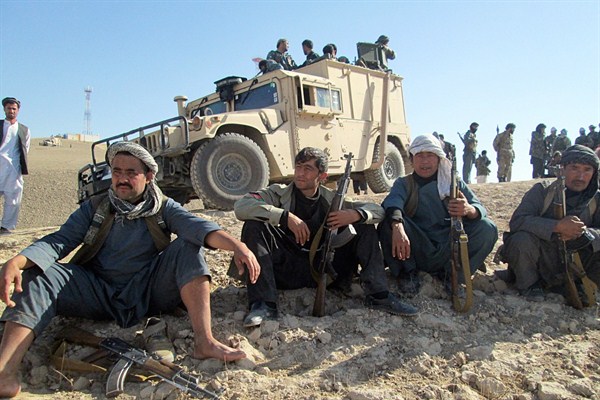The Taliban’s insurgency in Afghanistan scored one of its biggest battlefield upsets last week when the group seized control of the northern city of Kunduz, in a sudden offensive that began on Sept. 28. The attack, coming just a day prior to the one-year anniversary of the formation of the embattled Afghan national unity government, was the first time a massed force of Taliban fighters has been able to seize control of a city of this size since the U.S. invaded Afghanistan to oust the Taliban from power in Kabul 14 years ago. While Afghan national security forces have since moved to retake control of Kunduz, the episode illustrates the depth of the insurgent threat facing the Afghan state, the challenges of mounting its defense and the diminishing hopes that a cease-fire settlement between the Afghan government and the Taliban, which appeared possible earlier this summer, could be reached anytime in the near future.
After organizing for months, carrying out probing attacks in multiple districts on the provincial capital’s outlying periphery in April and then consolidating their forces over the course of the summer, the Taliban launched the surprise multipronged advance into Kunduz at the end of the Eid al-Adha holidays, driving out a defending force that included Afghan soldiers, police and irregular militiamen. Although senior Afghan defense officials claimed that the withdrawal was undertaken deliberately to spare city residents, poor communication and coordination among those units appears to have been the more significant contributing factor to Kunduz’s fall.
The Taliban held on to the city for at least 48 hours before Afghan security forces were able to mobilize an operation to retake control. Search operations for Taliban fighters are ongoing, and details about the situation in the city remain sketchy: Local provincial officials claim that hundreds of insurgents have been killed, but other accounts suggest that they largely opted to melt away rather than directly confront government forces. An errant U.S. airstrike on Oct. 3, apparently called in by Afghan forces in response to nearby Taliban firing positions, struck a Doctors Without Borders hospital in Kunduz, killing nearly two dozen civilians and underscoring the dangers of urban warfare and classic guerrilla hit-and-run tactics.

